The Corvette C4 ZR-1. Just mentioning those three characters together evokes images of a performance beast, a car that in its day challenged the European supercar establishment. Yet, despite its pedigree and performance, the ZR1 Corvette C4 remains surprisingly accessible, often selling for prices that seem detached from its capabilities. Around a decade ago, spotting a Corvette C4 ZR-1 advertised for about $27,000 was not uncommon. Fast forward to today’s inflated market, and you might find them averaging around $28,000 on platforms like Bring A Trailer.
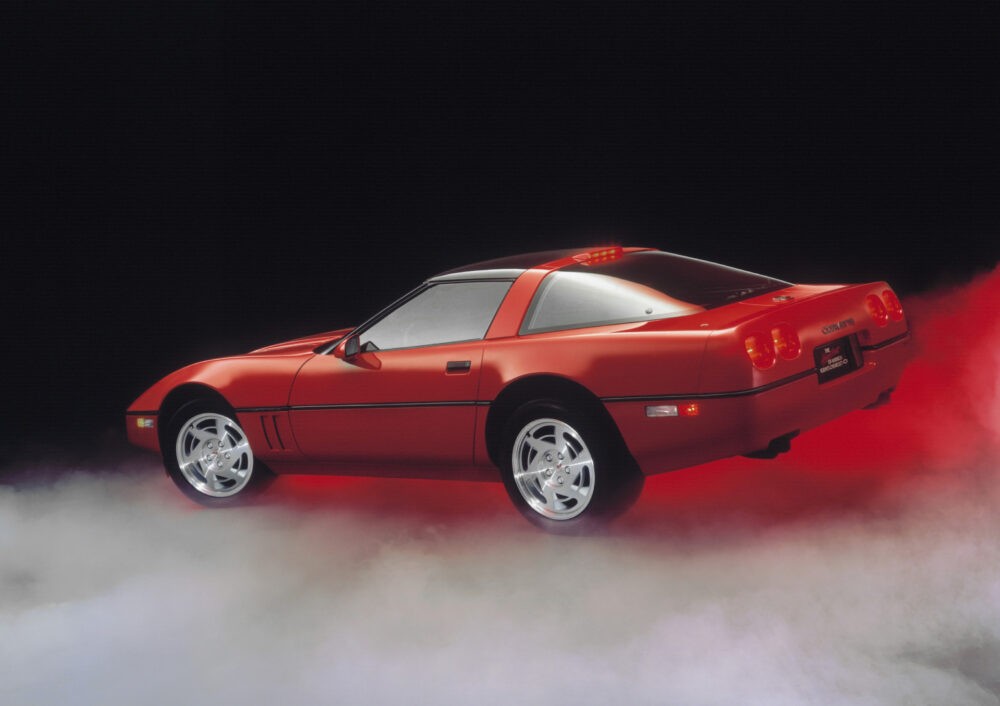 Front view of a red 1990 Chevrolet Corvette ZR-1 showcasing its sleek design and pop-up headlights
Front view of a red 1990 Chevrolet Corvette ZR-1 showcasing its sleek design and pop-up headlights
For enthusiasts who appreciate performance value, the C4 generation Corvettes have always been a sweet spot, offering significant thrills for the money. However, in an era where classic and collector car values are generally soaring, the ZR1’s stagnant price trajectory over the last decade begs the question: why hasn’t this marvel appreciated more?
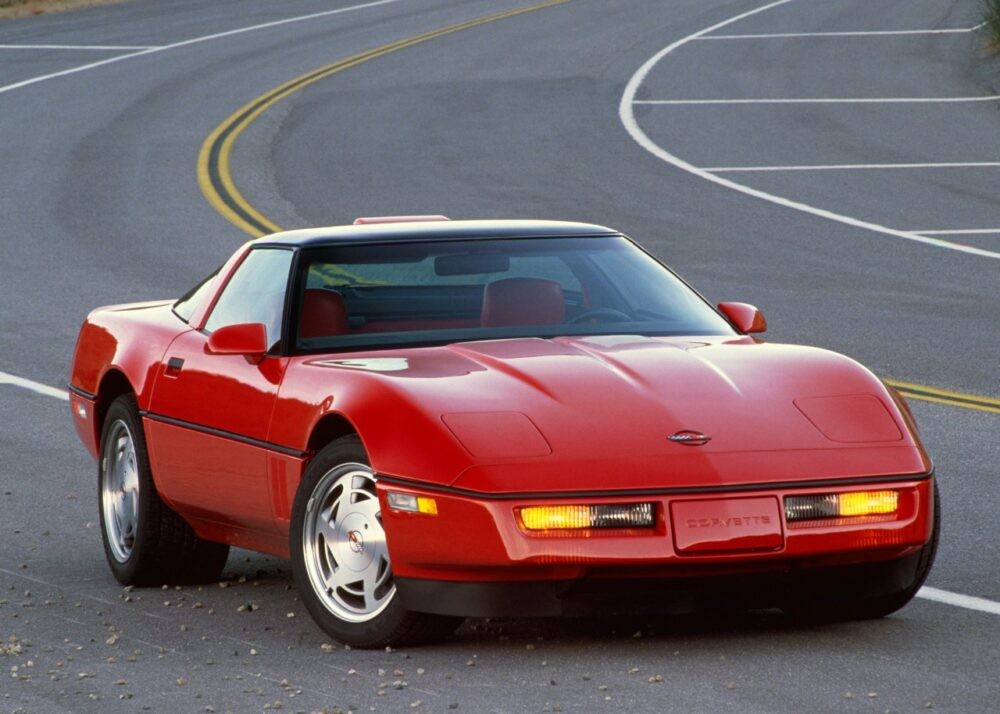 Side profile of a 1990 Corvette ZR1 parked on a paved surface, highlighting its wheels and badging
Side profile of a 1990 Corvette ZR1 parked on a paved surface, highlighting its wheels and badging
The ZR1 was Chevrolet’s ambitious endeavor to elevate the Corvette into true supercar territory. Dubbed by some as “the Corvette from Hell,” it was powered by the all-aluminum, four-cam, sixteen-valve LT5 engine, initially producing between 390 and 405 horsepower – figures comparable to a C5 Z06 released a decade later. Its performance metrics were staggering for the time, capable of challenging icons like the Porsche 911 Turbo, Ferrari Testarossa, and Lamborghini Countach with a sub-5 second 0-60 mph sprint and a top speed nearing 175 mph. While those European counterparts now command prices reaching into six figures, the ZR1 Corvette C4 often lingers in the price range of a modern, mainstream SUV.
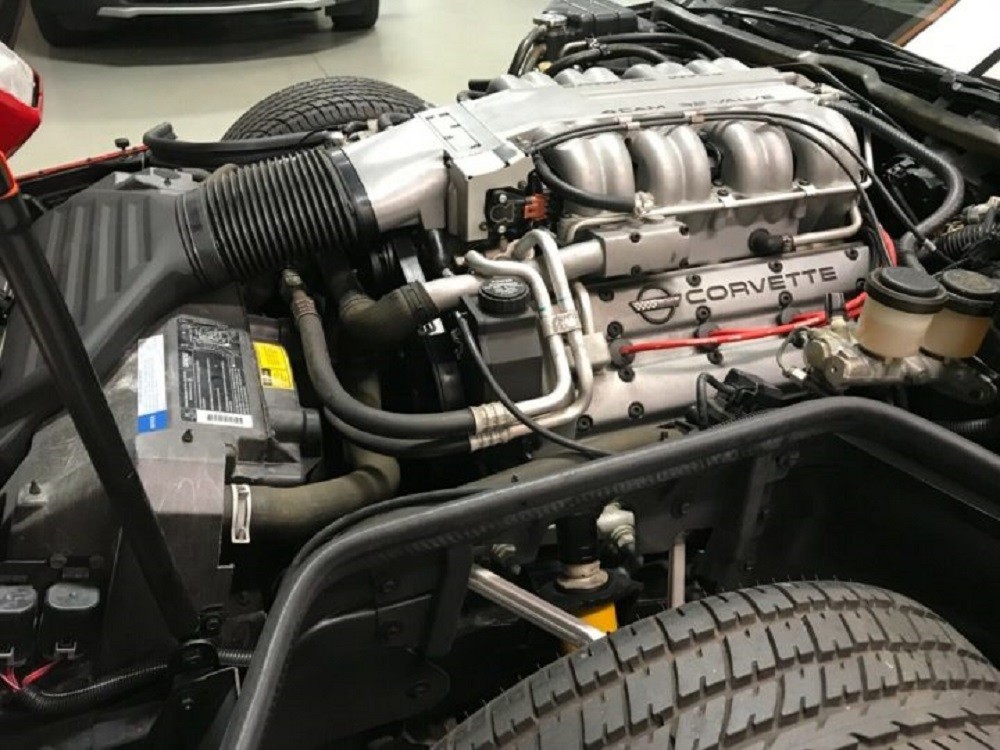 A red 1991 Chevrolet Corvette ZR-1 coupe is captured at an angle, emphasizing its sporty lines and rear spoiler
A red 1991 Chevrolet Corvette ZR-1 coupe is captured at an angle, emphasizing its sporty lines and rear spoiler
Between 1990 and 1995, Chevrolet produced fewer than 7,000 ZR1 models. When questioned about the limited production numbers by Car and Driver, Corvette chief engineer Dave Hill suggested that the ZR1’s market reception “never found the kind of following people thought it would.” Typically, rarity coupled with unique engineering amplifies desirability in the collector car world. Yet, the ZR1 seems to exist in a niche, somewhat overlooked despite its exceptional capabilities.
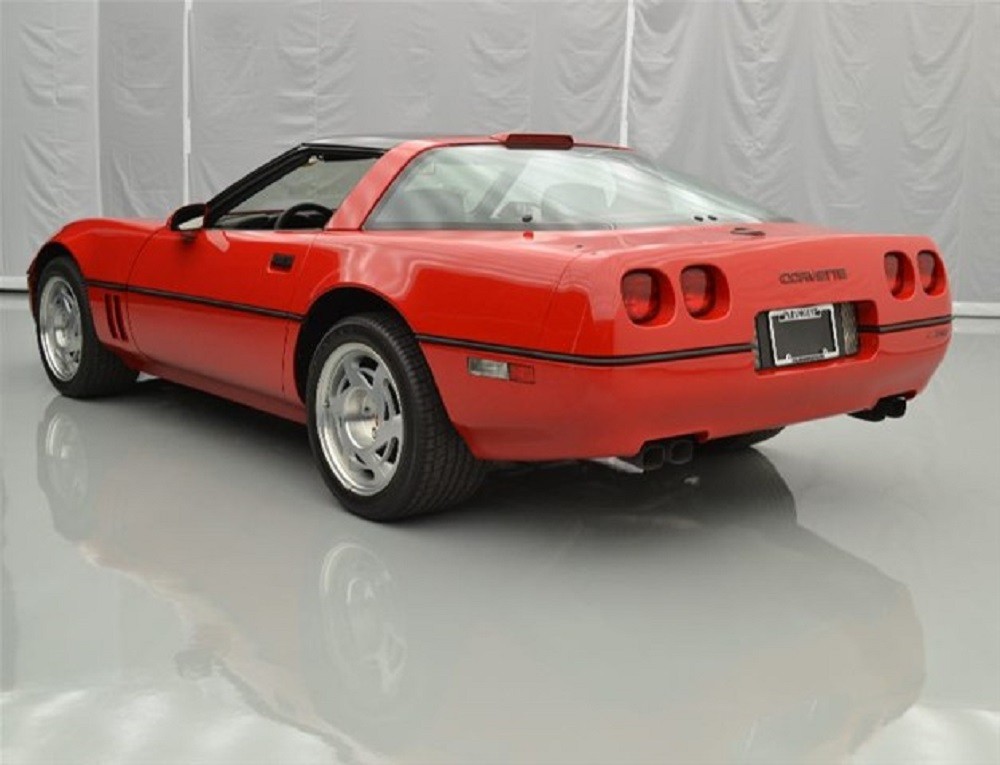 Front three-quarter view of a 1990 Corvette ZR-1 in motion, showcasing its low profile and aerodynamic shape
Front three-quarter view of a 1990 Corvette ZR-1 in motion, showcasing its low profile and aerodynamic shape
Decoding the ZR1 Corvette C4’s Affordability
Several factors contribute to the ZR1 Corvette C4’s surprisingly reasonable price point.
Understated Aesthetics: A Wolf in Sheep’s Clothing
Firstly, the ZR1’s visual identity is remarkably similar to that of a standard C4 Corvette. Subtle cues like the squared-off taillights on later models and slightly wider tires, along with discreet ZR-1 badges, are the main differentiators. Place a ZR1 next to a regular C4, and only seasoned Corvette aficionados might immediately discern the high-performance variant. This contrasts sharply with models like the twin-turbo Callaway Corvette, which boasts distinctive aerodynamic enhancements like a unique front air dam and side vents, making it instantly recognizable. The ZR1’s sleeper appearance may contribute to it flying under the radar for some collectors.
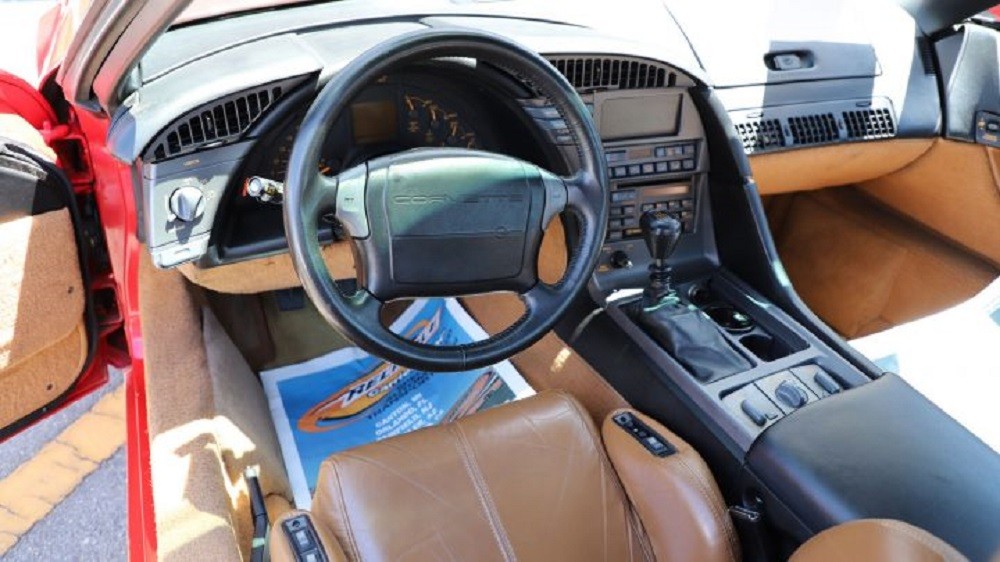 Interior shot of a 1990 Chevrolet Corvette ZR-1, focusing on the bright red leather seats, dashboard, and steering wheel
Interior shot of a 1990 Chevrolet Corvette ZR-1, focusing on the bright red leather seats, dashboard, and steering wheel
The Base Corvette’s Performance Leap: The LT-1 Effect
Secondly, advancements in the base Corvette models themselves narrowed the performance gap. The introduction of the LT-1 engine in 1992 for the standard Corvette was a game-changer. This engine delivered 300 horsepower, representing a significant performance upgrade from the 1991 models. The LT-1 propelled the standard Corvette’s 0-60 mph times into the mid-five-second range and increased the top speed to 163 mph. These figures, while not quite matching the ZR1’s blistering performance, were close enough to satisfy many enthusiasts, especially considering the standard Corvette’s significantly lower price.
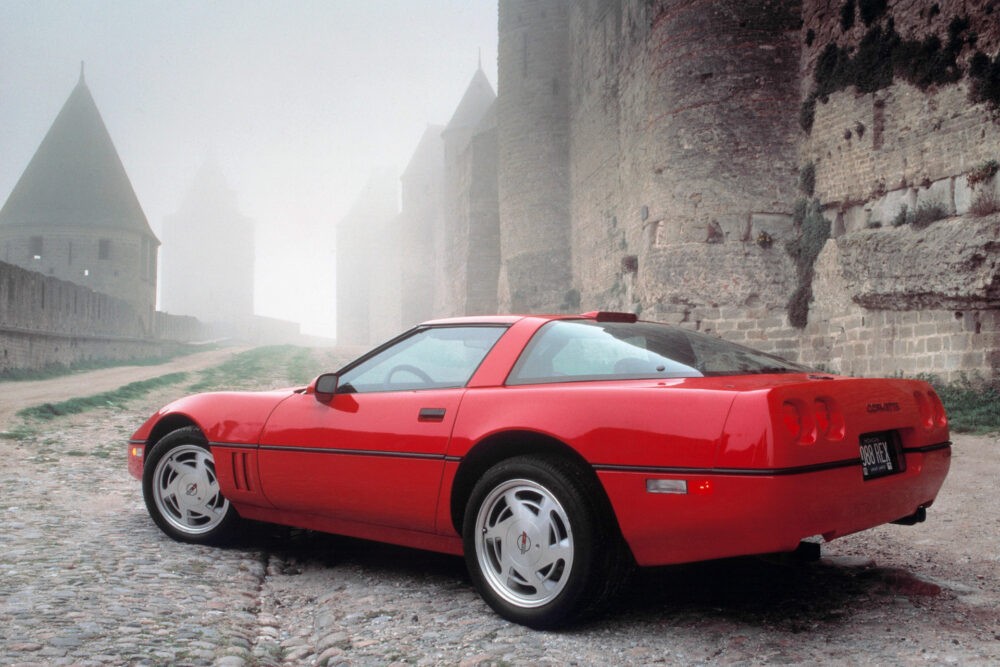 A dynamic shot of a 1990 Chevrolet Corvette cornering on a track, demonstrating its handling and performance capabilities
A dynamic shot of a 1990 Chevrolet Corvette cornering on a track, demonstrating its handling and performance capabilities
Price Point and Market Positioning
Perhaps the most significant factor is the ZR1’s original pricing strategy. The Corvette, at its core, has always been marketed as an attainable dream, a world-class sports car within reach for those of middle-class means. It’s a vehicle that could compete with European sports cars, both in performance and prestige, without the exorbitant price tag. The ZR1, while superior in many ways to its European rivals of the time, was priced significantly higher than the standard Corvette, pushing it out of reach for its traditional buyer base. This is akin to Chevrolet today offering a $200,000 Corvette with similar performance to the new Z06; it might be technically impressive, but it distances itself from the Corvette’s core appeal of accessible performance.
Despite these factors contributing to its affordability, the ZR1 Corvette C4 remains a landmark achievement for Chevrolet. It was the Corvette’s first true moonshot, demonstrating the C4 platform’s potential and challenging global supercar benchmarks. While still commanding a premium over the standard C4, the ZR1 represents incredible value, especially when considering its historical significance and the performance it offers relative to its price.
Photos: Motor Authority
